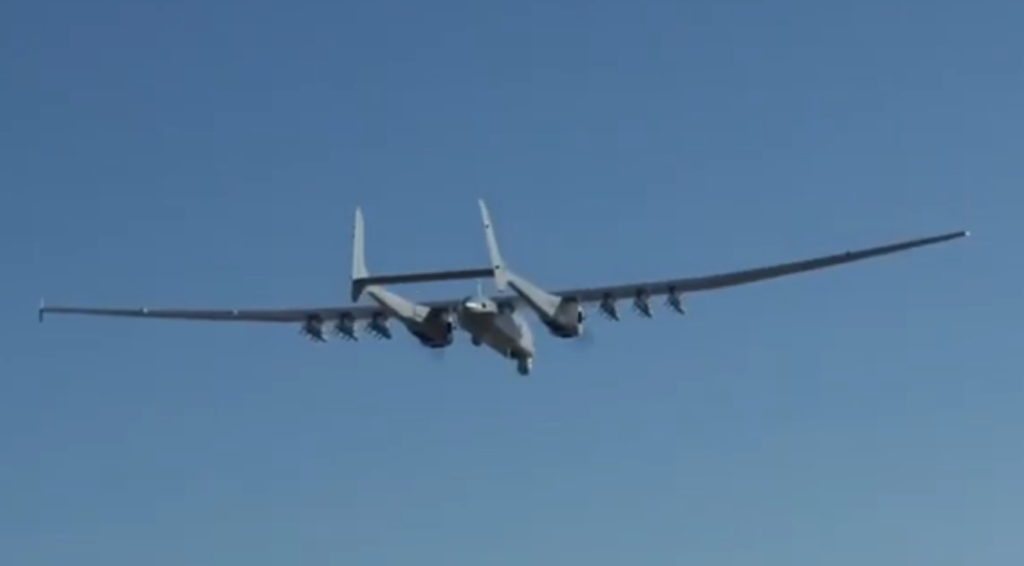Zarvan
ELITE MEMBER

- Joined
- Apr 28, 2011
- Messages
- 54,470
- Reaction score
- 87
- Country
- Location

Turkish Navy picture
Turkey Enhances Naval Air Capabilities With 2 New ATR-72 MPAs
The Turkish Navy has commissioned two ATR-72 (P-72 in Turkey) maritime patrol aircraft (MPA) as part of the MELTEM-III program, Turkey's top procurement official, Ismail Demir, announced on Twitter on December 16th.
Tayfun Ozberk 19 Dec 2021
The first P-72 (tail number TCB-751) was delivered to the Turkish Navy in 2020, with the second (TCB-752) commissioned in March 2021. The Turkish Navy boosted its P-72 MPA fleet to four with the delivery of the third and fourth P-72 MPAs (TCB-753 and TCG-754).
“We delivered two more P-72 Maritime Patrol Aircraft to the Turkish Navy as part of the Meltem-3 Project. Our Maritime Patrol Aircraft, which are a strategic component of our Naval Forces, help to strengthen our country’s power in the sky.”
Ismail Demir, Head of SSB
The last two aircraft to be produced within the project’s scope are planned to be completed in 2022.

The MELTEM-III project was led by the Italian corporation Alenia Aermacchi / Leonardo, with significant support from the Turkish defense sector. The responsibilities of the sub-contractor companies are as follows;
- Turkish Aerospace (TUSAS) – Carrying out detailed part fabrication, aircraft modification, material supply, ground and flight test support, and Integrated Logistics Support activities,
- ASELSAN – System and device supply.
- Milsoft – Link 11 and Link 16 systems
- Havelsan – Naval Patrol Ground Station
- Thales – AMASCOS-300 mission management system and Ocean Master 400 radar.
- CAE – Supplying the AN/ASQ-508(V) Magnetic Anomaly Detector (MAD).
On July 12, 2012, Alenia Aermacchi S.p.A and TUSAS signed a deal for the Meltem III Program, which included the procurement of six ATR72-600 aircraft and their conversion to Anti-Submarine Warfare (ASW) configuration for the Turkish Navy. On April 19, 2013, the first ATR72-600 aircraft arrived at Turkish Aerospace’s facility.
Turkey’s Growing Naval Air Fleet

While the Turkish Navy has been bolstering its Naval Air fleet with both manned and unmanned assets in recent years, the year 2021 has been the most fruitful for the Turkish Naval Air Command (TNAC). In 2021, SSB delivered three ATR-72 modern maritime patrol aircraft. Meanwhile, the Turkish Navy has commissioned Aksungur, the first high endurance unmanned combat aerial vehicle capable of flying continuously for more than 60 hours and will gain the capability of launching and monitoring sonobuoys in addition to its small strike capabilities to adversary surface units.
The inventory of TNAC declared by Rear Admiral Alper Yeniel, the Chief of the TNAC, during the Naval Systems Seminar held in Ankara on 15 and 16 November, as follows;
- 2xP-72 MPAs (this number increasd to 4 after commissioning two MPAs mentioned above)
- 6xP-235 MPAs
- 3xC-72 General Purpose Aircraft
- 4xTB-20 Training Aircraft
- 24xSH-70B SeaHawk ASW/ASuW helicopters
- 9xAB212 AsuW helicopters
- 9x BAYRAKTAR TB2 UCAVs
- 6x TAI ANKA UCAVs
- 1x AKSUNGUR UCAV
In addition to these assets, the Chief of TNAC stated that by the end of 2021, one more Aksungur UCAV will be acquired.
The Turkish Navy has 16 combat drones on its fleet (which will increase to 17 by the end of the year). This is significant because the Turkish Navy is one of the few navies in the world capable of simultaneously operating manned and unmanned assets on the naval scene. As previously reported by Naval News, during the Blue Homeland (Mavi Vatan) 2021 exercise in March 2021, the Turkish Navy’s Baykar-made TB-2 Bayraktar unmanned combat aerial vehicle (UCAV) hit a sea target from a maximum range of 15 kilometers. This was Turkey’s first manned-unmanned collaboration engagement with a sea target.

TNAC will gain sonobuoy launch and monitoring capability from a drone in 2022, in addition to surface warfare capabilities. TUSAS plans to launch the first sonobuoy from Aksungur UCAV in the first half of 2022, within the scope of the relevant project, which is still in testing. By providing continuous surveillance for more than 60 hours and launching/monitoring sonobuoys, Aksungur appears to be a useful asset in ASW operations, particularly against diesel-electric propelled submarines.

Another significant milestone for the TNAC is the acquiring of an AH-1W SuperCobra attack helicopter in 2022. Turkish Land Forces Command plans to deliver ten AH-1W SuperCobra attack helicopters to Turkish Naval Forces in 2022 for deployment on the future Landing Helicopter Dock (LHD) amphibious assault ship TCG Anadolu. For the first time, TNAC will be able to operate attack helicopters after the delivery.
Turkey Enhances Naval Air Capabilities With 2 New ATR-72 MPAs - Naval News




